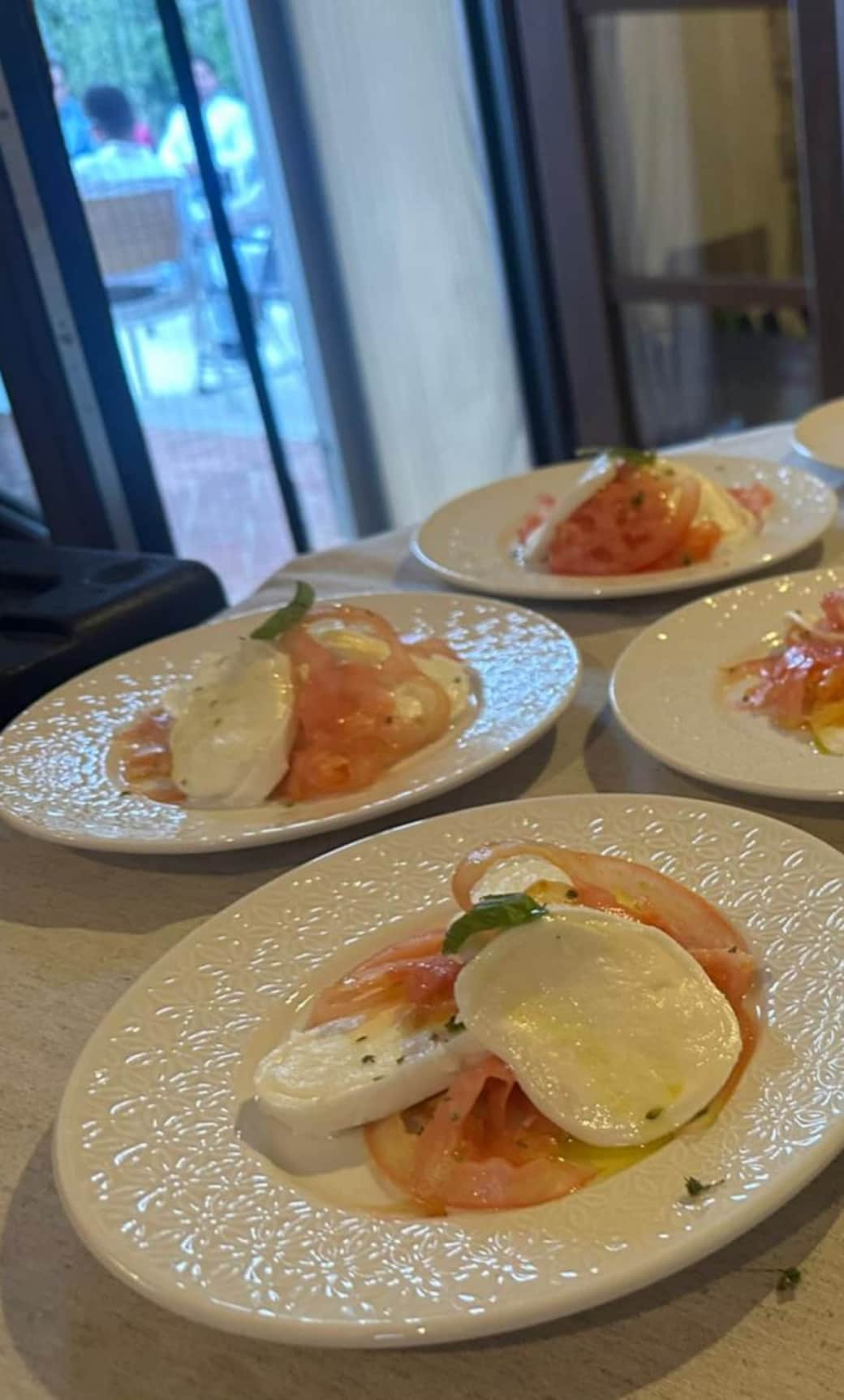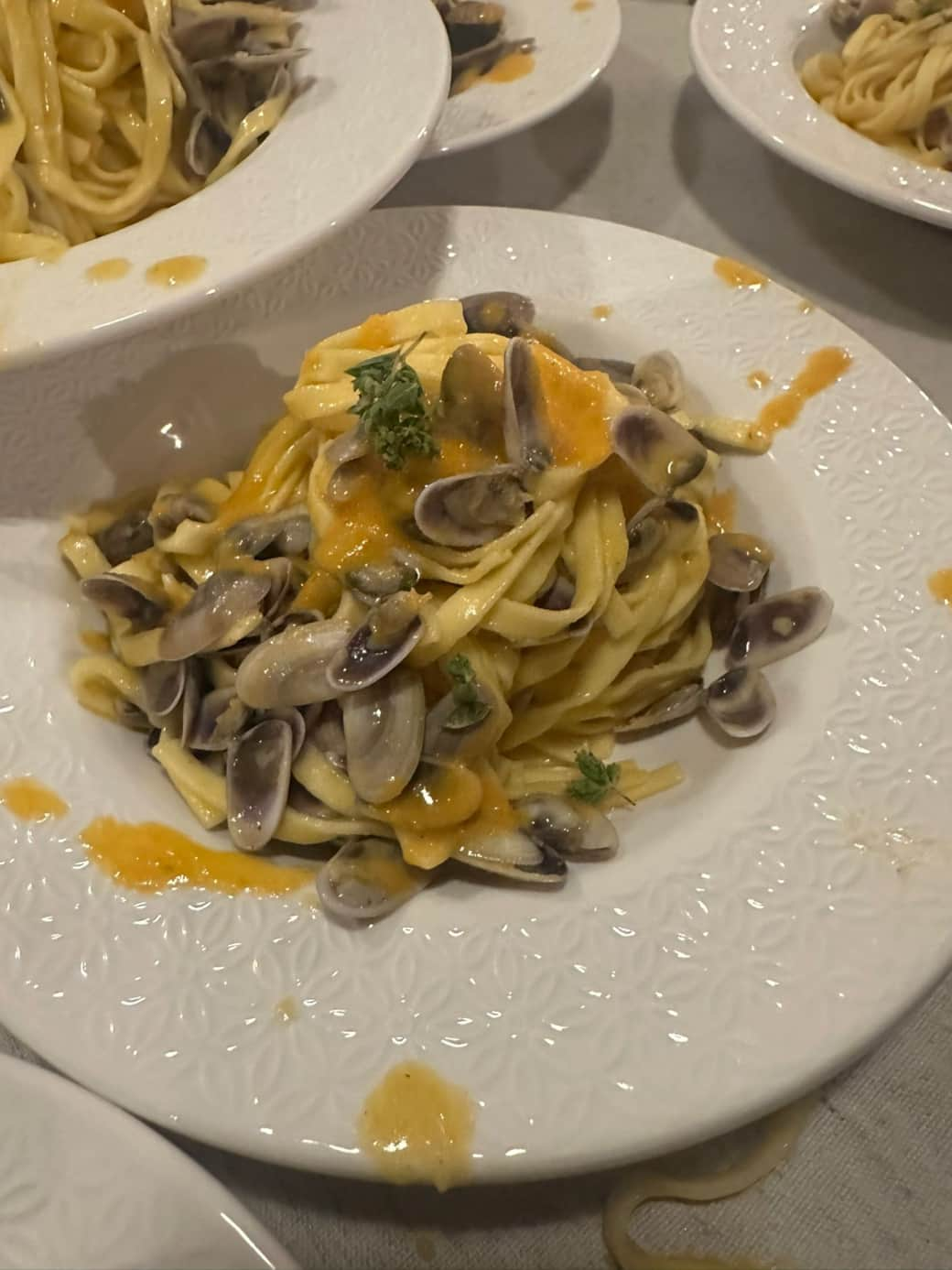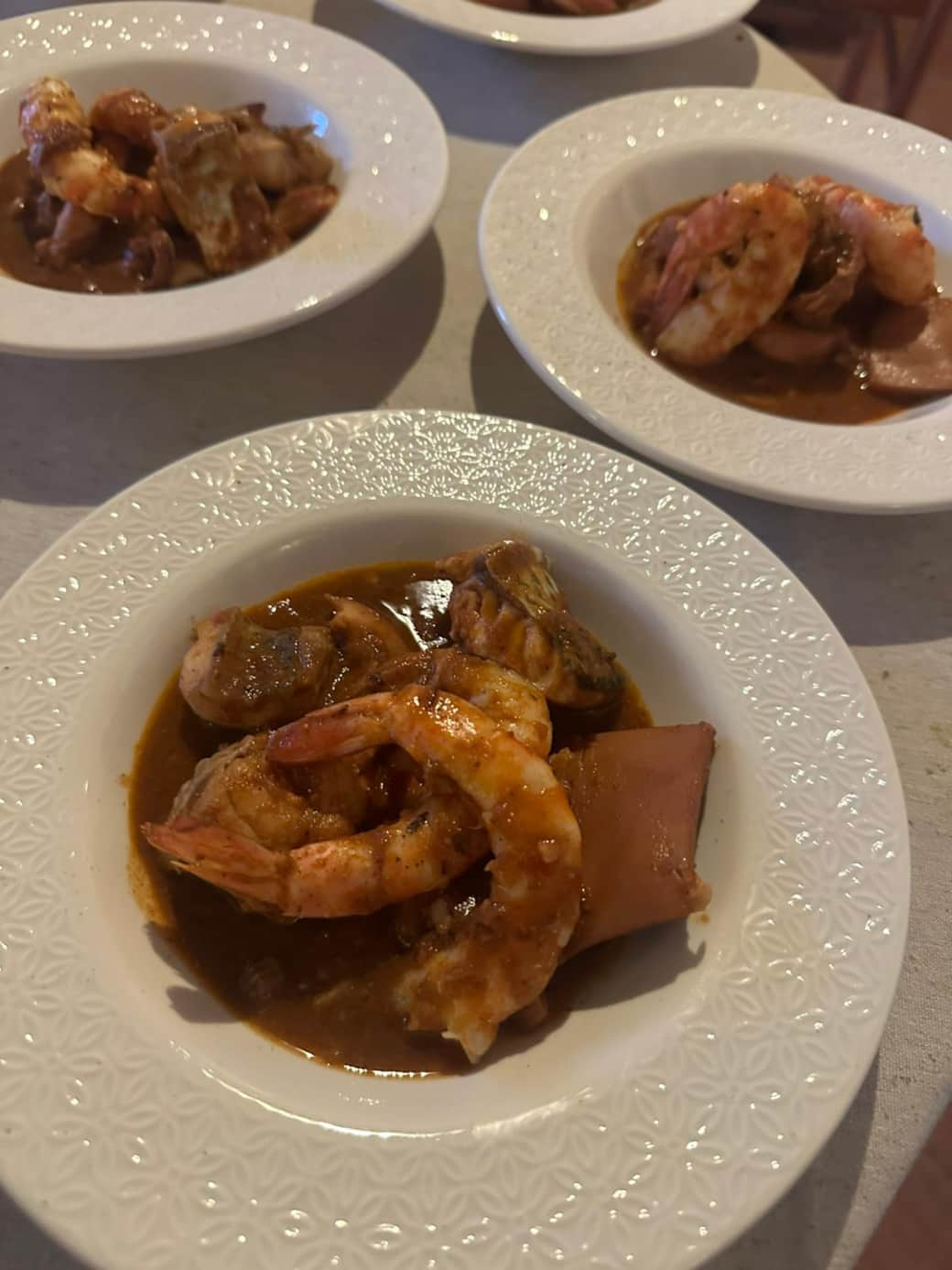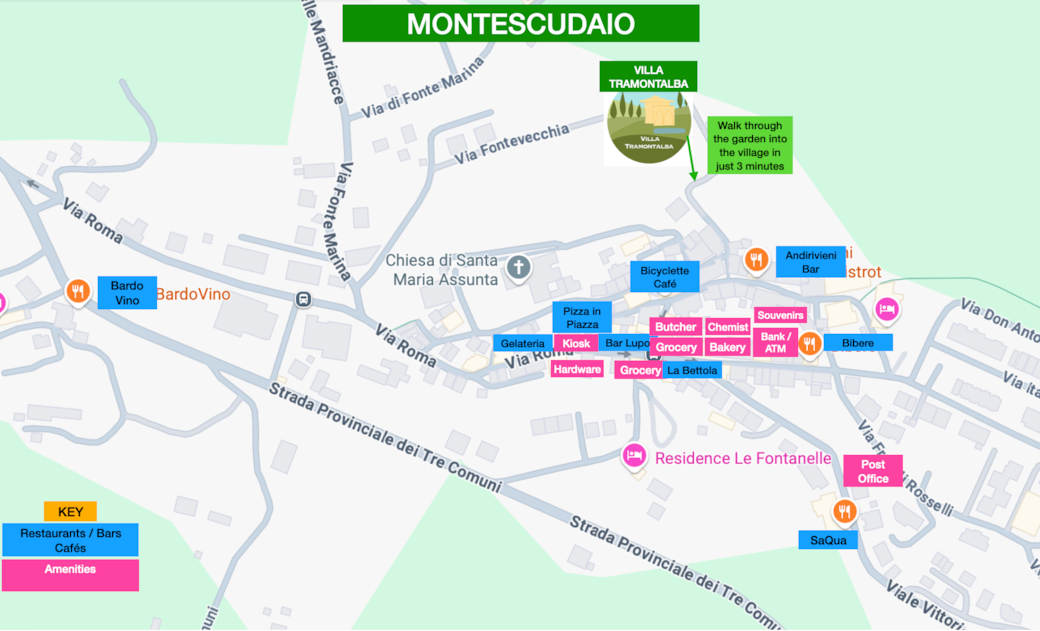
MONTESCUDAIO: A true Tuscan gem on your doorstep
Voted one of Italy's most beautiful villages, Montescudaio is a real gem which offers you the best of Tuscany. Its location in the beautiful Tuscan hills and yet close to the sea, its wonderful bars and restaurants bringing Tuscan taste and culture to your stay, and a charming village which acts as a wonderful base location for exploring the best that Tuscany has to offer. Montescudaio really does have it all.
Just a few minutes walk away from Villa Tramontalba on foot, the beautiful churches, with their melodic bells, are just part of Montescudaio's charm. A walk round the village takes you along historic stone-paved lanes, accompanied by the scent of bread baked in a wood-fired oven, and endless views of olive trees, rows of vines, fruit trees. Montescudaio is in fact a very well reputed home of great wines and has endless number of olive groves producing the local 'green gold' that is its wonderful olive oil.
Culture and entertainment
Montescudiao has plentiful restaurants and bars suiting to all tastes, and hosts many cultural events during the summer season in particular. Live music, wine festivals and other such events are commonplace. The strong sense of community, openness and positivity is tangible when you walk its streets, with friendly locals always happy to talk and help.
Other great amenities on your doorstep include the Post Office, a bakery, a bank with ATM, a chemist, two grocery stores, a gelato shop, a souvenir shop, a butchers and a hardware store.
Montescudaio really has everything you need during your perfect stay in Tuscany
The landscape surrounding Montescudaio is adorned with olive trees, vineyards, and Mediterranean vegetation, offering amazing views of the sea. Visitors can enjoy Montescudaio DOC wine paired with local cured meats, alongside specialties such as extra virgin olive oil, cold cuts, and “pane sciocco” (a type of wood oven-baked bread), all part of the town’s culinary tradition as a member of the “Città del Pane” Association.
History
The village traces its roots back to the Villanovan civilization, evident from archaeological discoveries in the area. The earliest documented mention dates back to 1092, recording Gherardo Della Gherardesca’s donation of the Church of Sant’Andrea to the Benedictine Monastery, situated near the Civic Tower, once serving as the castle gate.
Near Via del Borgo is the Civic Tower, the lower part of which dates back to the 12th century and was the point of access to the medieval castle. Along the perimeter of the castle are the imposing walls, up to 15 metres high, which preserve the original masonry in the northern and southern sections, and in particular in the Guardiola, the only remaining watchtower, which offers a wonderful vantage point and spectacular panoramas. In fact from the square in front of the castle, on a clear day you can see the islands of Gorgona and Capraia and, if you are lucky, even Corsica. Perfectly positioned between land and sea, 'Monte degli scudi' is a small village in the Cecina Valley that from its old castle walls looks out over the Tyrrhenian Sea and its islands. Montescudaio derives its name from the Latin Mons scutorum which means 'mountain of the shields' or 'mountain of the squire’.





OUR FAVOURITE PLACES TO VISIT IN MONTESCUDAIO

BARDO VINO - our favourite restaurant
Amazing quality italian food served with love and joy by the wonderful team.
Whether you're looking for classic Tuscan fare, amazing meat, fish and vegetarian dishes, or wonderful pizzas, Bardo Vino has everything you could wish for. Also check out the weekly special's board for the latest additions to the menu.
TOP TIP: BOOK EARLY - call or pop in and see them to try to get a table, otherwise you'll be disappointed as this place is one of the best in the Region so gets full very quickly.
Our favourites: The Parmigiana, Baccala and Pizza Macchia, accompanied by a bottle of local wine Sada Vermentino. Or when in Tuscany, simply go for the Florentine steak.

ANDIRIVIENI - our favourite bar
The spectacular panoramic views, the frequent live music concerts, the great food and drink menu, the friendly staff . . . what's not to love? Relax, take your time, and take in the best of Tuscany. Try their own wines - they have a lovely selection, all made locally in Montescudaio. As well as the wine, the food is also grown locally, so 0 km. Andirivieni really is a little piece of heaven in Montescudaio
Top Tip: Check out their instagram for latest news as to live music concerts etc

BICYCLETTE - our favourite café and bike rental
This wonderful combination of cafe and e-bike rental is a must-stop place during your trip to Montescudaio. The breakfast menu is particularly mouth-watering and is the perfect way to start your day. Highly recommended.
Top Tip: Check out the yoghurt bowl - wow!

Other highlights right here in Montescudaio:
Experience high-end dining at wonderful SaQua
Visit Kaikna for a unique pizza experience
Visit Colline di Sopra and have a wine tasting and tour of their amazing vineyard
Or if you don't fancy eating out, why not hire your very own private chef?

Did you know you can hire a private chef to come and cook for you at Villa Tramontalba? You can pre-arrange exactly what you want to eat and drink and then relax and enjoy a perfect evening in Tuscan heaven. Contact us for more information.


Map of Montescudaio

